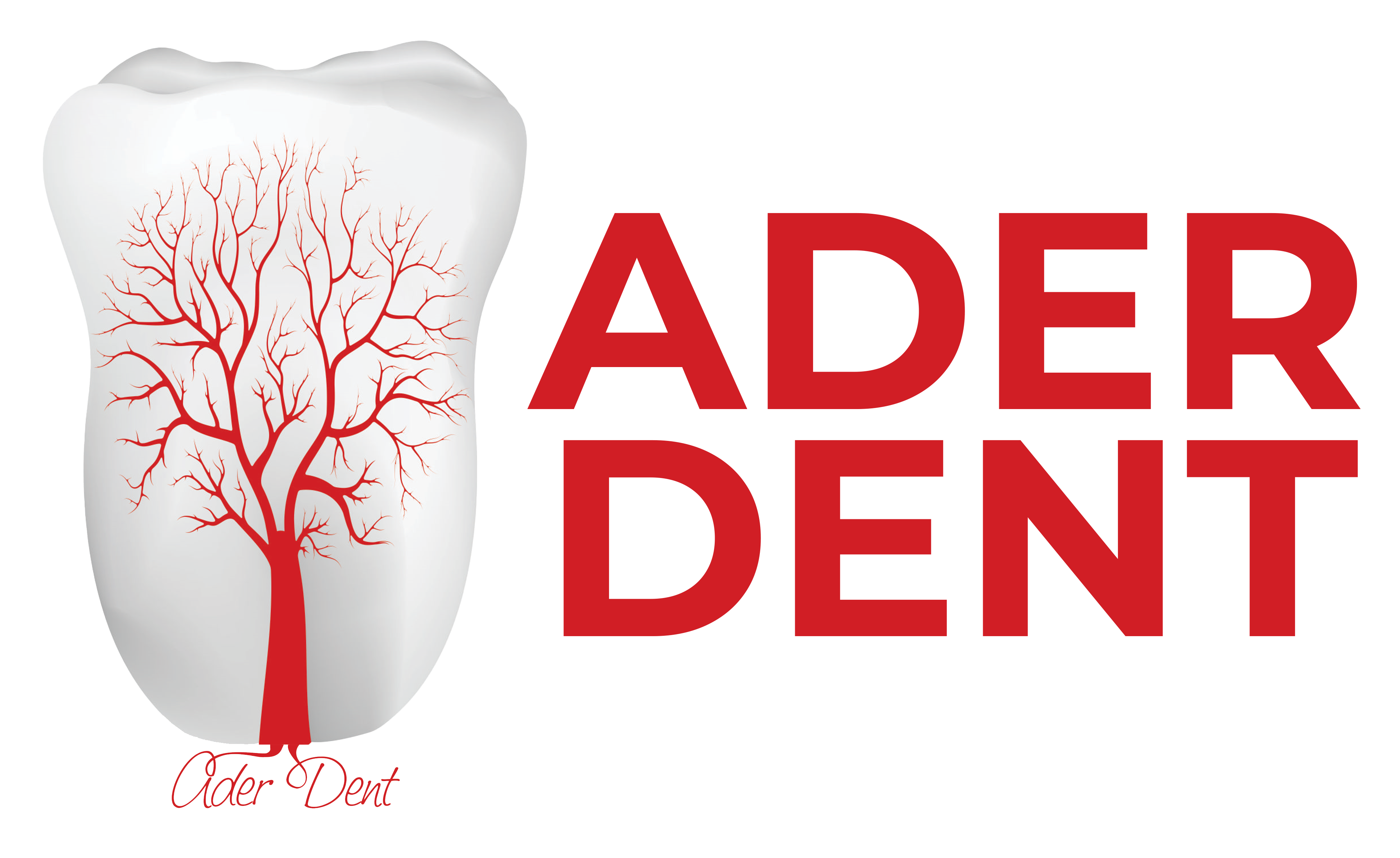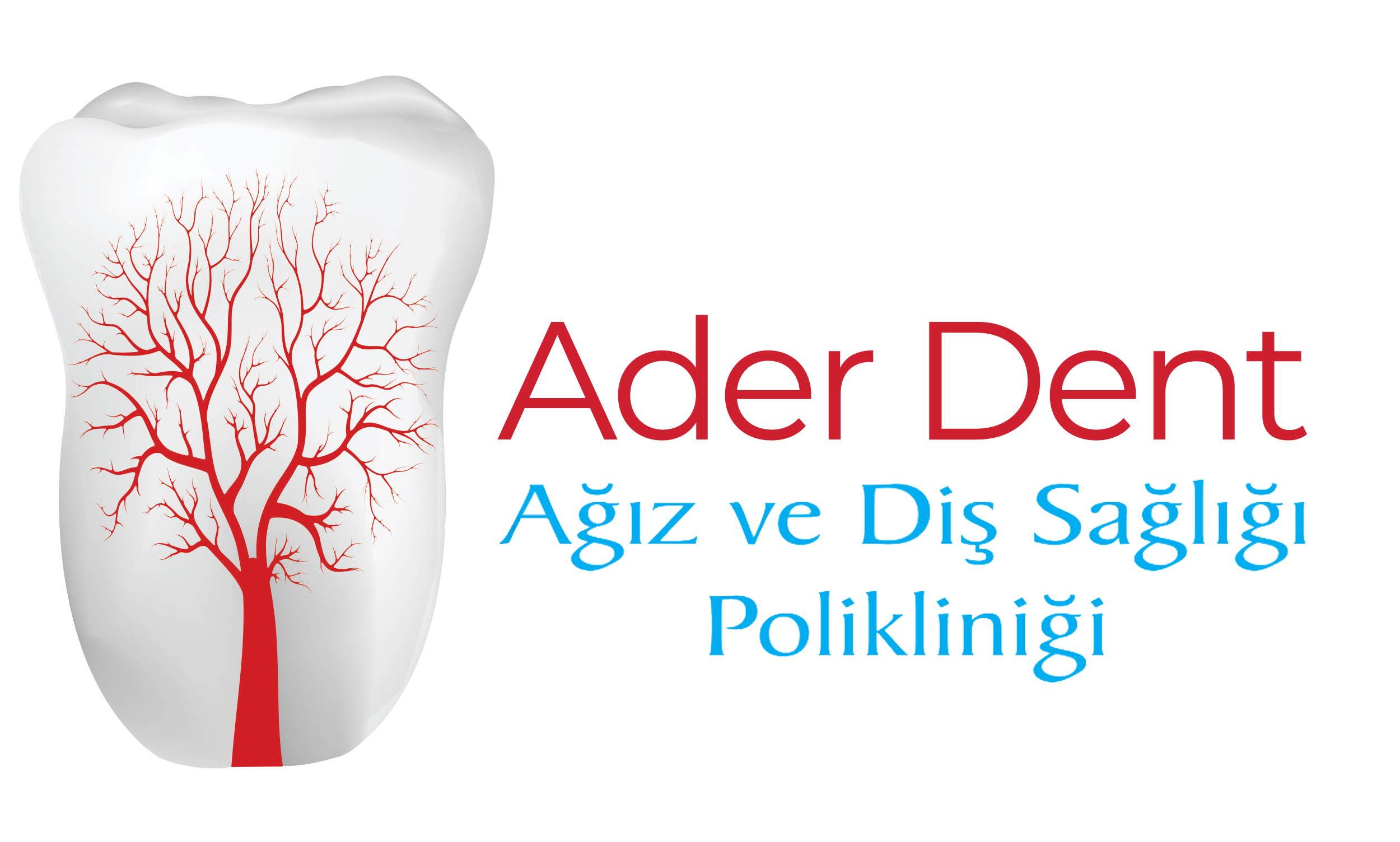Periodontal diseases are conditions caused by poor oral hygiene that lead to infections in the periodontal tissues and can result in serious health problems. Typically, plaque buildup and bacterial infections on the teeth cause inflammation in the periodontal tissues.
If left untreated, periodontal diseases can damage the bone structure that supports the teeth and eventually lead to tooth loss. Therefore, early diagnosis and treatment of periodontal diseases are crucial.
Periodontal Diseases: Development and Symptoms
The development of periodontal diseases usually begins with inadequate oral hygiene. Plaque buildup along the periodontal tissues allows bacteria to multiply and infections to form.
This condition starts as gingivitis, a mild form of periodontal disease. Gingivitis is characterized by redness, swelling, and bleeding of the periodontal tissues. At this stage, the disease has not yet damaged the supporting tissues of the teeth and can be easily managed with treatment.
However, if gingivitis is left untreated, it can progress to periodontitis, a more advanced stage that affects the bone and connective tissues surrounding the teeth.
Symptoms at this stage may include tooth mobility, bad breath, and periodontal recession. As periodontitis progresses, the risk of tooth loss significantly increases.
Treatment Methods for Periodontal Diseases
The treatment of periodontal diseases varies depending on the stage of the condition. While early-stage diseases can usually be managed through improved oral hygiene, advanced cases may require more comprehensive treatment methods.
- Gingivitis Treatment: As the earliest stage of periodontal disease, gingivitis can be treated with proper oral care. Regular brushing, flossing, and tartar removal can help reverse gingivitis. Professional cleaning by a dentist is also important.
- Periodontitis Treatment: If gingivitis is not treated, it may progress to periodontitis. In such cases, deeper cleaning procedures by a dentist may be required. This involves removing plaque and tartar from below the gumline. In severe cases, surgical intervention may be necessary.
- Surgical Treatment: If the periodontal disease has reached an advanced stage, surgical procedures may be required. These may involve removing infect


 TR
TR




